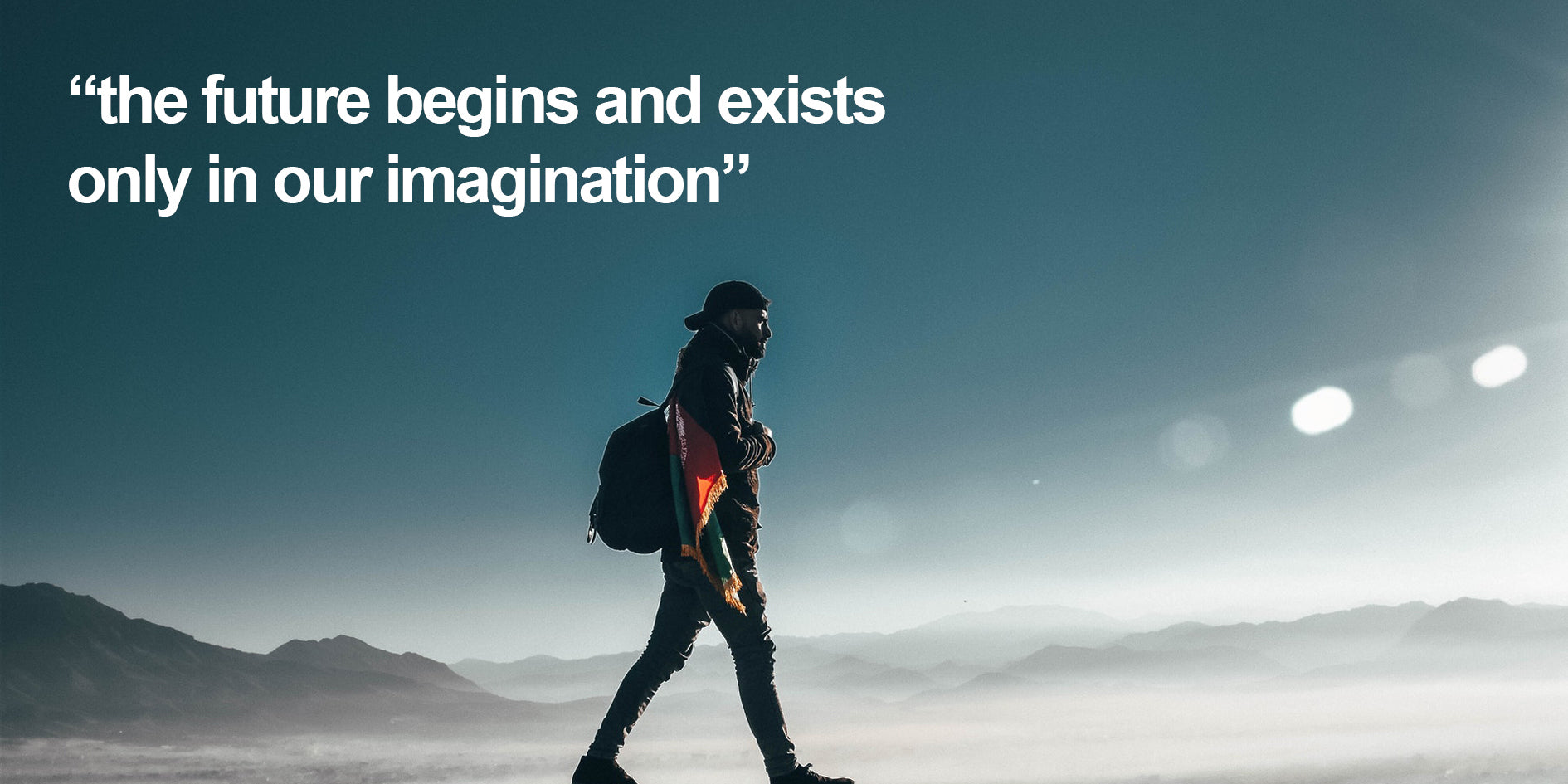The future begins and exists only in our imagination. We delve backwards into our individual memories, collective nostalgia and learned history as we visualize what we might look forward to an imagined tomorrow. And through storytelling we galvanize action and make our longer term vision of the future a reality.
The current pandemic has placed our collective future firmly under the spotlight. What we are experiencing in the present is the result of decisions and choices made decades ago. And we're perhaps more acutely aware than ever that it is the decisions that we make today and actions we take now that will shape our futures.
As a leader how do you help your team and your organisation imagine what is desirable, what you might want to avoid, and what you need to prepare for?

Developing future foresight that enables scenario planning requires a similarly disciplined approach to innovation. The following generic, six-step approach is adapted from that developed by The Institute for the Future, and shared under CC.
1. Assess the present: reveal the diversity of perspectives
Engage in conversations within your organization and across your ecosystem to discover the wide variety of lived experience and perspectives that inform a well-imagined story.
- What did you not know or think about before?
- What surprises you?
- What dilemmas are suddenly laid bare?
2. Look to your past: discern the larger patterns in play
Treat history not a rigid lesson, but a prompt for your imagination. An expanded awareness of the past can inform new stories for the future.
- What did you do in past crises?
- What decisions did key players have to make?
- What can you learn from their successes and errors?
3. Identify early signals of the future: detect novel activity
There are small signals - concrete events, data points, technological developments - all around us that point to what’s possible in the future.
- What signals do you see that give you hope or give you pause?
- What signals make you question commonly held assumptions?
- What signals suggest the beginning of a larger pattern?
4. Develop a framework for choices: establish what you value
The patterns from the past and present and the signals from the future reveal choices that must be made and that will determine your future.
- Capture the tensions in the debate about how to respond
- Examine these debates to identify the underlying set of core values
- Use these polar values of these to consider previously unimagined futures
5. Create your future story: determine which future you want to create
As the current pandemic is illustrating, variation in what is valued has resulted in very different outcomes in the initial Response phase of an unanticipated crisis.
The Reset phase must consider the broader perspective, and rebuild collective stability in this case in a global ecosystem.
The Reinvention that follows should be the result of deep exploration of how different choices might result in the four archetypal future scenarios of Growth, Constraint, Collapse, and Transformation.
6. Share a compelling narrative: inspire others to build the future with you
You need the capability to recognize early signals, longer term patterns and harness diverse perspectives. You need data but you won't change the world with data. You change the world through discourse, language and emotion. You mobilize your organisation and those within your ecosystem through creating and sharing stories of a future that speaks to your collective values. Tell a great story, and others will help build that future.
